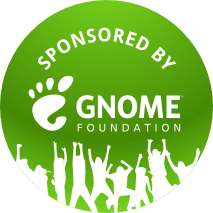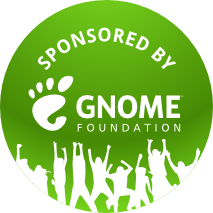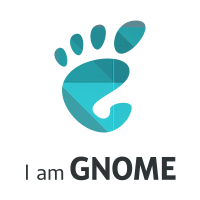I just realized that I had not posted anything from GUADEC or talked about the Engagement BoF. Given the absence of any conversation on this, I thought I would post my thoughts. I am of course aware of the irony of the engagement team not communicating. 🙂 Onwards and onwards:
GUADEC 2017 was a fantastic this year and of course for me it is always meeting my friends, catch up with what people have been up to and so forth. Having run the gambit of conferences, GUADEC is refreshing because it is a pure community conference vs say Linux Foundation or some other event that isn’t singularly focused like this one is. Don’t get me wrong, those are fun and I have a different set of friends I enjoy meeting and talking with. But it is the unity of purpose and working together to create something.
After the core days, we had two days of BoF’s for the engagement team. This year, we focused on a number of initiatives.
Ubuntu Release
————–
We had extensive conversations on how to deal with Ubuntu migration to GNOME and the influx of people who may not be familiar with GNOME having coming from Unity.
The idea is to find a way to help with the migration and welcome to the new Ubuntu people.
Website
——-
We talked lot about the website and what we would like to see in a website refresh. In short, we want to focus more on community, not enough excitement generated, need to be more inclusive. Other things we want to do is focus on highlighting how to do donations.
Community Management
——————–
We aren’t really tracking how successful we are. We have no metrics, and that is something that needs to be formulated. We also need to analyze a lot of where are traffic is coming from and how to engage users who are not coming from Linux.
Newcomers
———
We want to start looking into creating newcomers guides not just for coders but for other areas, like internationalization, engagement, and other areas. We want to create an open space that people with any skillset can find a place within GNOME.
Kudos:
Want to thank everyone who worked on the Happy Birthday GNOME website. Huge thanks to Tom Tryfonidis who has taken up the large share of the website work in GNOME and deserves are deep and sincere thanks for his work. He has made so many things possible for us and all of us in the engagement team owe a debt of gratitude to him.
That’s it for now!
Also would like to sincerely thank the GNOME Foundation for sponsoring my trip to GUADEC of which without their help I would not be able to attend.


